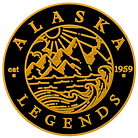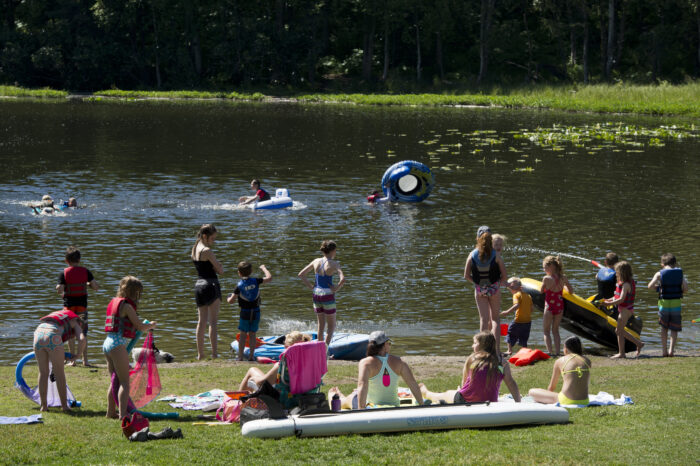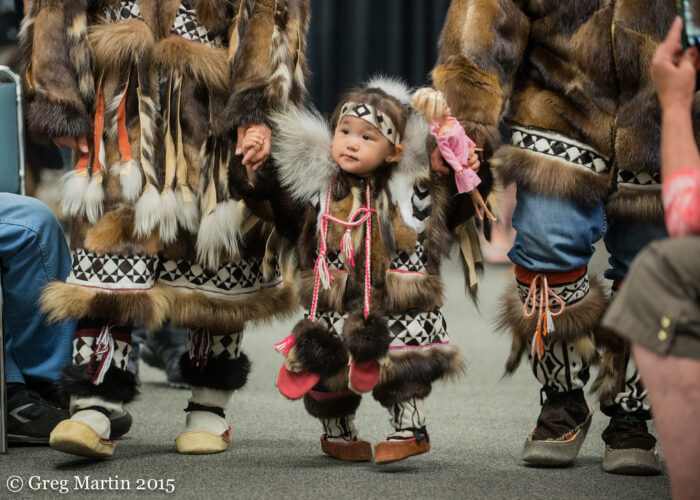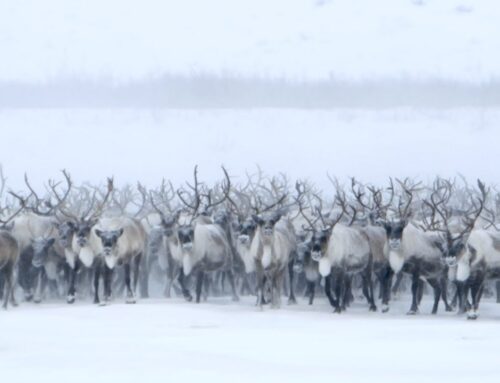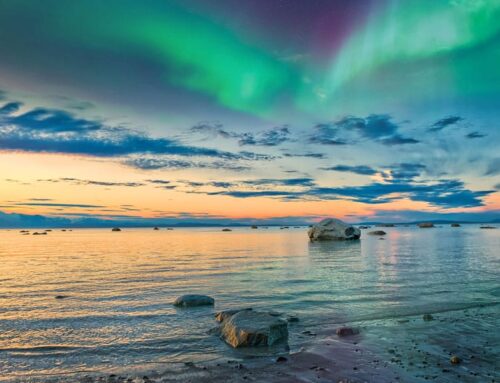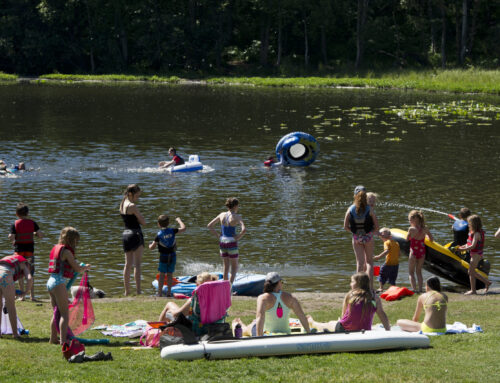Naknek
Exploration and Discovery in Bristol Bay’s Untamed Wilderness
In a time when the vast wilderness of Bristol Bay stretched as far as the eye could see, a group of Russian explorers embarked on a journey to conquer this rugged and unforgiving terrain. It was in 1791 that Dmitry Bocharov first ventured across the Alaska Peninsula, paving the way for others to follow in his footsteps. However, it wasn’t until 1818, under the leadership of Petr Korsakovski, that the Russians established a fort at what we now know as Naknek.
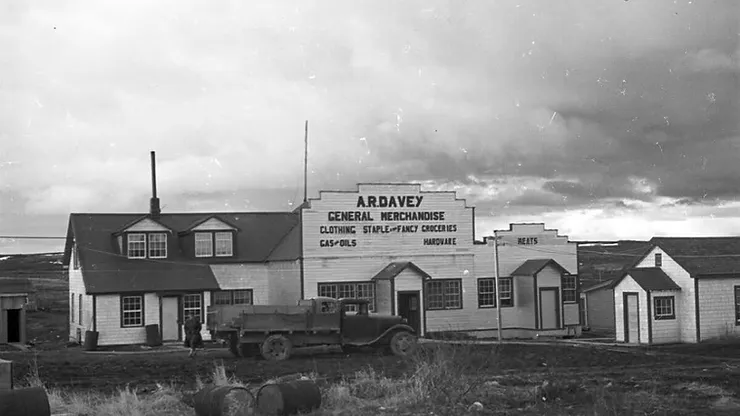
While fur trade briefly thrived in these wild lands, it was the discovery of a different treasure that would alter the course of history. In 1883, the doors of the first salmon cannery swung open in Bristol Bay, ushering in a new era. The pristine waters of Naknek River soon became home to yet another cannery in 1890, and from that moment onward, the area’s economic focus shifted towards the fishery. But long before the Russians or the canneries arrived, the Naknek River had been a vital lifeline for the Eskimos, Aleuts, and Athabascan Indians for over 6,000 years. The riverbanks were teeming with archaeological sites, old villages, and hunting camps, bearing witness to the ancient cultures that thrived in this region.
The original Eskimo village at Naknek underwent several name changes under Russian rule until it was ultimately named Naknek by Russian Navy Captain Tebenkov in the 19th century. The Russian Orthodox Church was one of the first entities to claim land in the area following the United States’ acquisition of Alaska in 1867. The church generously provided land lots to residents who constructed their homes around this spiritual center.
Over time, the canneries and the fishing industry drew people from diverse Alaska Native villages and fishing communities, fostering a melting pot of cultures united by the return of the salmon. This rich blend of individuals gave rise to a culturally diverse community within the Bristol Bay Borough, with approximately 52% of its population being non-native, while the rest represented a mix of Alaska Native cultures.
The local economy hinged heavily on government employment and the salmon fishing and processing industry. Naknek served as a seasonal epicenter for the massive red salmon fishery in Bristol Bay. Here, 122 residents held commercial fishing permits, and during the fishing season, the area was swarmed by several thousand people. Millions of pounds of salmon were transported via the Naknek-King Salmon road, supporting the industry’s vitality. However, the Naknek region faced its share of challenges. In 1912, the eruption of the Katmai Volcano cast a dark pall over the land. This cataclysmic event, the most significant volcanic eruption of the 20th century, was felt far and wide. Remarkably, no lives were lost, but the ash cloud plunged Kodiak into days of nearly unbroken darkness, and the island was blanketed in layers of ash several feet thick.
In 1916, Robert F. Griggs led a National Geographic expedition through Katmai Pass, leading to the discovery of the Valley of Ten Thousand Smokes. Two years later, this region received the designation of Katmai National Monument, commemorating its unique geological features. As history unfolded, World War II brought further change to the region. In 1941, the United States established an air base in King Salmon, transforming it into a significant military installation in western Alaska. The village burgeoned around the base, and in 1949, a post office was established, further connecting the region. Today, the state-owned airport, boasting an 8,500-foot paved runway, plays a pivotal role as a government, transportation, and service center.
However, at the heart of Naknek’s story lay the annual migration of the salmon. Each summer, an astounding 38 million sockeye salmon returned to Bristol Bay, an awe-inspiring spectacle that, if lined up nose-to-tail, would stretch from Alaska to Australia and back. This unique natural cycle saw these wild salmon journey from the open ocean back to the rivers of their birth to lay their eggs. Biologists closely monitored the salmon population, ensuring that harvesting practices were sustainable and that enough salmon reached their spawning grounds. Sustainability was the guiding principle of Alaska’s fishing industry, underpinned by scientific research and rigorous rule enforcement. The bountiful salmon runs in Bristol Bay served as a testament to the success of this approach, securing the legacy of Naknek and its people for generations to come.
Photos courtesy of Alaska Historical Society, Bristol Bay, Travel & Leisure, and Explore Alaska
